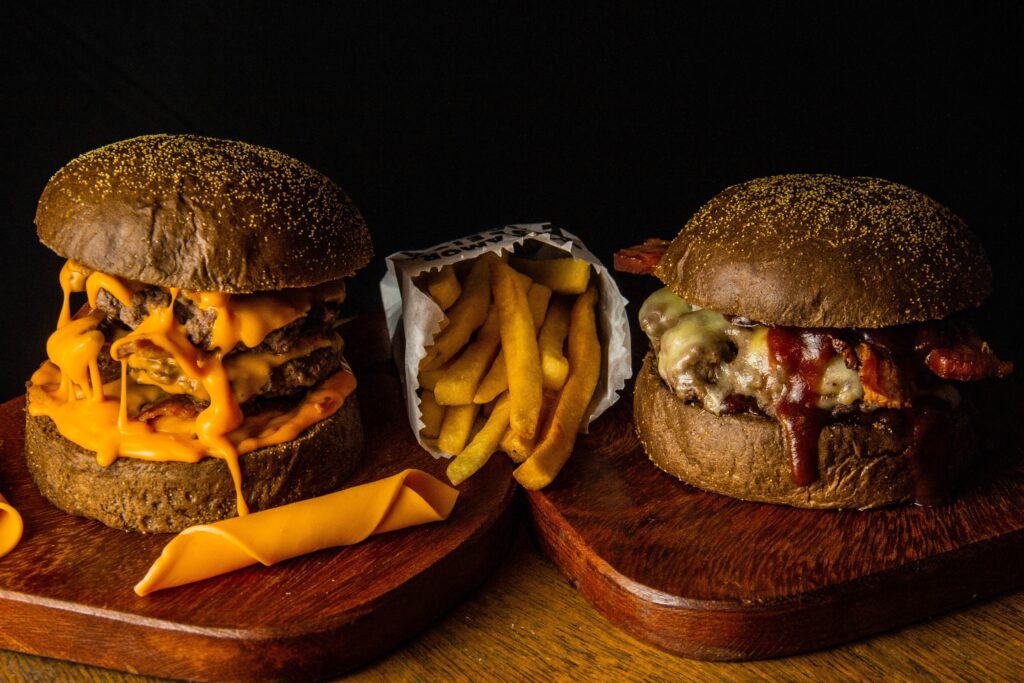The origins of the burger are uncertain since not much is known about it. However, it is known that it was made for the first time in the period from the end of the 19th century to the beginning of the 20th. The modern hamburger stems from the culinary needs of a society that, by its recent industrialization, carries a pace of life faster but needs fast food to provide the necessary ingredients in one food.
The origin of this food processing is unclear due to many people, all of Hamburg, the honour of having been the first to put two slices of bread to jostle a fillet of beef and veal (hamburger steak ). Shortly after composing the burger with these two loaves, people began dressing these signature accompaniments: onions, lettuce leaves, pickle slices, drinks, etc. It should be noted that the essential ingredients used in its preparation, that is, bread and beef, were consumed separately for a long time.
The history of this food is remarkable for several reasons. During the 20th century, this history was accompanied by various controversies, such as the nutritional controversy of the late 1990s. The hamburger was identified with a country, the United States, and an emerging eating style: fast food. The hamburger and fried chicken, and apple pie are part of the set of food icons of American taste.

Its expansion across all continents highlights the globalization of human food; It is possible to think that many other foods have followed in their globalizing footsteps: Turkish döner, Italian pizza or Japanese sushi, among others. The hamburger has spread as a food throughout the world, perhaps because it is easy to understand in the different culinary cultures of the world. This culinary globality has been produced, in part, by a new concept of selling processed foods that were born in the 1920s with the restaurant chain White Castle (whose ideologue is Edgar Waldo “Billy” Ingram) and that is perfected in the decade of 1940 with Burger King (directed by the executive Ray Kroc). This global expansion has provided comparative economic as the Big Mac Index, for comparing the purchasing power of different countries where the hamburger sells Big Mac chain of fast-food restaurants McDonald.
The hamburger is a food that reflects part of the history of the 20th century and to which, for various reasons, a specific symbolism has been attributed. The hamburger has now been in existence for more than a century in the human diet, and it can be said that its relatively short history has had more literature than other similar and contemporary foods such as the American hot dog, the German currywurst or Italian pizza.






